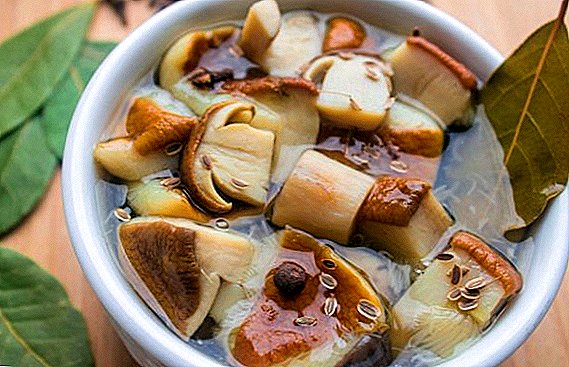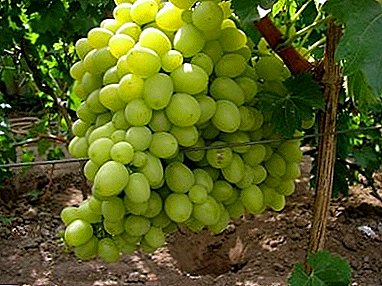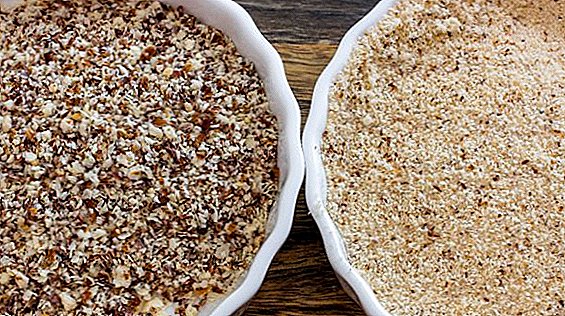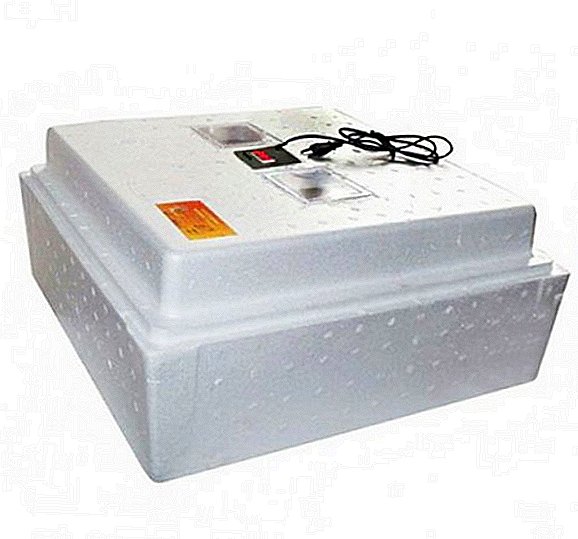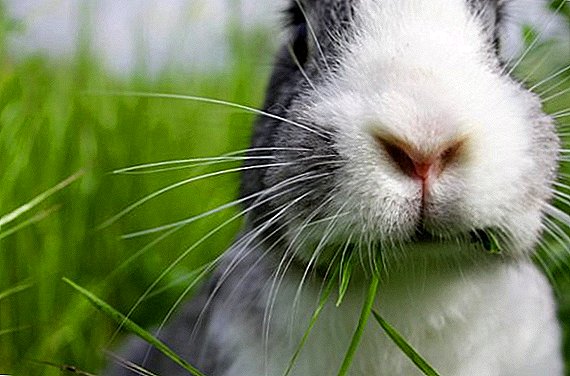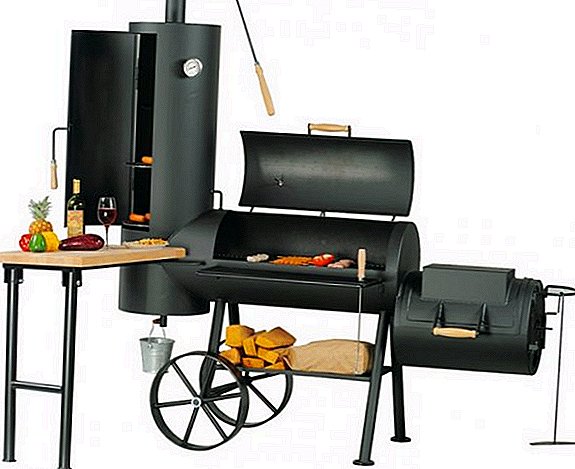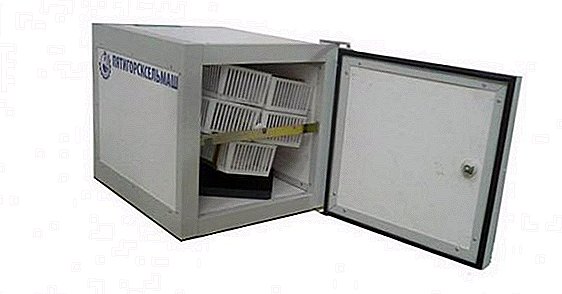 The first incubator, the IPS-10 Cockerel, was made in the mid-80s, and since then this model has not lost its popularity among poultry farmers. Over the years, the device has been modernized, making it even more convenient and practical. At present, the model is made of sandwich panels, which guarantees the absence of corrosion on the inner walls of the incubator. Consider its features and characteristics in the article.
The first incubator, the IPS-10 Cockerel, was made in the mid-80s, and since then this model has not lost its popularity among poultry farmers. Over the years, the device has been modernized, making it even more convenient and practical. At present, the model is made of sandwich panels, which guarantees the absence of corrosion on the inner walls of the incubator. Consider its features and characteristics in the article.
Description
Appointment of the device "Cockerel IPH-10" - economic portable incubator for incubating eggs of different types of poultry in personal subsidiary farms.
Did you know? The largest bird's egg in the world with a diameter of 15-20 cm is brought by an ostrich, and the smallest, only about 12 mm in size, is a hummingbird. The record holder in this area was a layer named Harriet, who in 2010 laid an egg weighing more than 163 grams, with a diameter of 23 cm and a length of 11.5 cm.Externally, the incubator looks like a rectangular box with a door on the front panel. The door is equipped with a viewing window through which it is convenient to monitor the incubation process. The kit includes four trays for laying eggs (25 pieces each) and one output tray. Wear-resistant metal, high-quality plastic sandwich panels and polystyrene foam plates are used as materials of the product.
The incubator is produced by the Russian company Volgaselmash together with Pyatigorskselmash-Don. Today, both companies are developing dynamically and produce products that are in widespread demand both in the Russian market and in the CIS countries.

Specifications
- Dimensions, mm - 615x450x470.
- Weight, kg - 30.
- Power consumption, W - 180 watts.
- Power supply voltage, V - 220.
- Frequency of the power supply network, Hz - 50.
- Fan speed, rpm - 1300.
Production characteristics
The incubator can hold 100 chicken eggs, for which the trays included in its kit are designed. In addition, you can purchase additional trays that allow you to place 65 duck, 30 goose or 180 quail eggs in the incubator.
Important! If there is no electricity for more than two hours, it is necessary to disconnect the incubator from the mains and move it to a warm place.
Incubator Functionality
The IPH-10 Cockerel is powered from the 220 V electrical network and is equipped with forced ventilation and a turning mechanism. All parameters - temperature, humidity and frequency of egg rotation - are controlled automatically and are reflected on the digital display located on the door. Maintaining the required humidity is due to the evaporation of water from a special pan.

Inside the thermally insulated compartment there is a built-in fan that ensures the removal of carbon dioxide and uniform distribution of heat over the entire area of the device. Also inside are heating elements and a swivel device to which the trays are attached.
Also in the latest versions, a sound sensor is installed, which signals a rise in temperature or a power surge in the network.
“Ryabushka 70”, “TGB 140”, “Sovatutto 108”, “Nest 100”, “Layer”, “Ideal hen”, “Cinderella”, “Blitz”, “Neptune”, “Kvochka” have similar capacity.
Advantages and disadvantages
Pluses of the device:
- simple operation;
- quality materials;
- automatic maintenance of the set parameters;
- possibility of observing the incubation process.
- the lack of complete trays for eggs of other types of poultry.

Instructions for the use of equipment
Before using the incubator, you should carefully study the instructions attached to it, since non-compliance with the incubation regime can lead to the death of embryos.
Preparing the incubator for work
Before first use, the inner compartment, egg trays and rotator must be washed in soapy water and disinfected with antiseptic preparations or an ultraviolet lamp. The same should be repeated before each laying of eggs.
After complete drying, the device is connected to a network of 220 V and heated to a temperature of + 25 ° C. It is necessary to check that the fan is constantly working, as well as to assess the quality of work of the rotator. Before laying eggs "Cockerel IPH-10" should be heated for at least 6 hours.
Important! To bookmark you need to choose only high-quality and fresh fertilized eggs no older than 5-6 days. Wash them is not worth it, because after that they become unsuitable for withdrawal. Selected material is stored in a cool place by the base. up.
Egg laying
The selected material is placed in the trays with their nozzles down and the air chamber up. Clean warm water is poured into the pan. Next, the device warms up to the initial temperature (+ 37.8 ° C), and the trays are sent to the chamber. It is necessary to ensure that the thermostat and the swivel mechanism function normally.

Incubation
In the incubator, all the main processes are automated - the level of temperature, humidity and turning of the eggs. The necessary incubation parameters can be found in the documentation for the device.
They are like this:
- temperature at different stages - + 37.8-38.8 ° C;
- humidity at different stages - 35-80%;
- egg turning - once per hour with a deviation of up to 10 minutes.
Learn how to make an incubator with your own hands, how to remake a refrigerator under an incubator.
Hatching chicks
Before hatching, the fifth tray ceases to turn over, and eggs are shifted into it in a horizontal position. Nestlings begin to hatch at the end of 20 days from the day they were laid. Do not immediately select them from the incubator - let them dry thoroughly first. By the end of 21 days and the beginning of 22 days, all chicks should already hatch.
Usually there remains a certain number of whole eggs (up to 20-30%), which, most likely, did not give offspring due to the poor quality of the source material.

Device price
At present, the cost of the IPH-10 “Cockerel” incubator on average in the market is about 26,500 rubles (US $ 465 or UAH 12,400). In some stores you can find this device a little more expensive or cheaper, but the difference will not exceed 10%.
Despite the relatively high price, many farmers prefer this particular model, which over the years has established itself as a reliable and functional machine with a service life of at least 8 years.
Did you know? In 1910, in the United States, an egg-eating record was set, in which an unknown man won, using 144 eggs at a time. This record still holds, and the current record holder Sonya Thomas did not overcome even half of that amount - in 6.5 minutes she ate only 65 eggs.
findings
According to reviews of poultry farmers, this incubator remains the most common in the open spaces of our country and practically unparalleled. And for good reason, because its economy and functionality make it possible to get chicks with minimal energy costs.

Also, the simplicity of the device design allows you to make the necessary changes with your own hands. In addition, experts note the reliability, ease of maintenance and long service life of the incubator.
Learn how to choose a thermostat, what temperature to maintain, how to arrange proper ventilation in the incubator.Modernization of the model brought it to a new, modern level, when the outdated system of turning trays was replaced, the supporting structures of which were made of metal profiles. A short-lived and poorly insulated panels were replaced by sandwich panels with a thickness of more than 4 centimeters.
In order for the incubator to function well, experienced poultry farmers advise you to follow simple rules:
- before cleaning the device from contamination, unplug it from the socket;
- it is necessary to install the incubator on a flat surface no closer than 30 cm to other electric devices;
- bringing a cold device in a warm place, you should not turn it on in the next 4 hours;
- Do not use damaged cable and plug, as well as hand-made fuses.
Observing all the rules of operation, you can expect reliable and uninterrupted operation of the incubator "Cockerel IPH-10" for a long time. The result will be healthy and hardy chickens, and later on excellent meat of its own production.
Video: repair of IPH 10 incubator
Incubator Model Reviews






